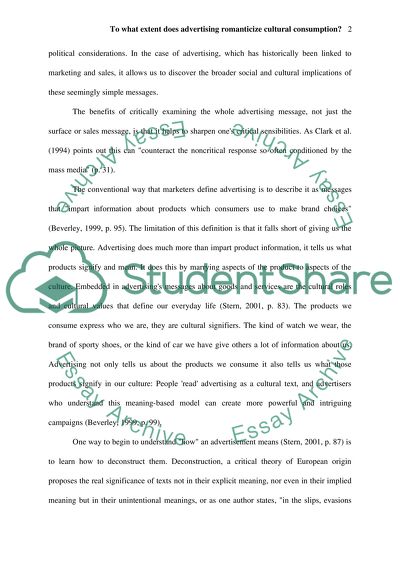Cite this document
(“Cultural Consumption Assignment Example | Topics and Well Written Essays - 1500 words”, n.d.)
Cultural Consumption Assignment Example | Topics and Well Written Essays - 1500 words. Retrieved from https://studentshare.org/sociology/1499453-cultural-consumption
Cultural Consumption Assignment Example | Topics and Well Written Essays - 1500 words. Retrieved from https://studentshare.org/sociology/1499453-cultural-consumption
(Cultural Consumption Assignment Example | Topics and Well Written Essays - 1500 Words)
Cultural Consumption Assignment Example | Topics and Well Written Essays - 1500 Words. https://studentshare.org/sociology/1499453-cultural-consumption.
Cultural Consumption Assignment Example | Topics and Well Written Essays - 1500 Words. https://studentshare.org/sociology/1499453-cultural-consumption.
“Cultural Consumption Assignment Example | Topics and Well Written Essays - 1500 Words”, n.d. https://studentshare.org/sociology/1499453-cultural-consumption.


